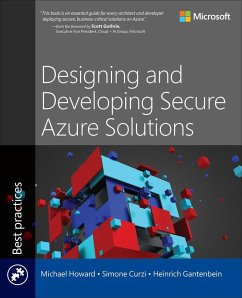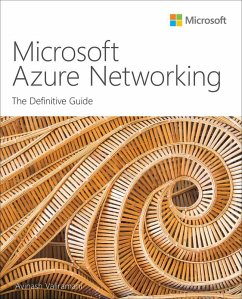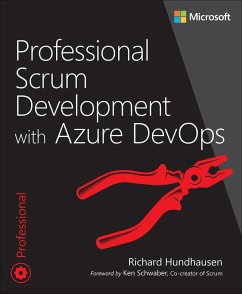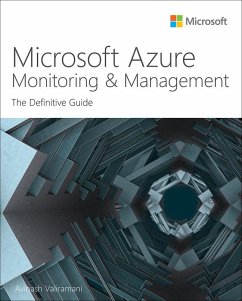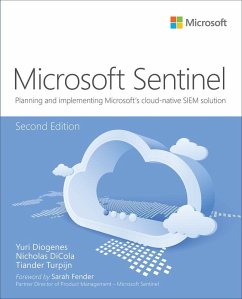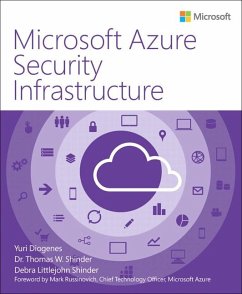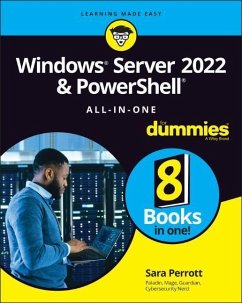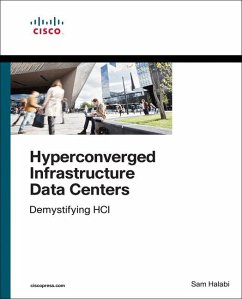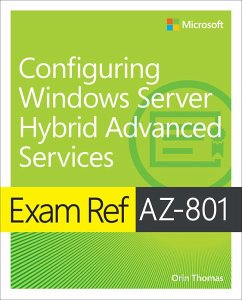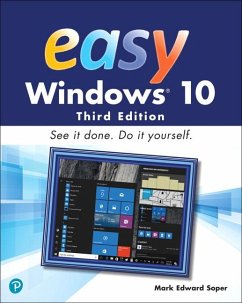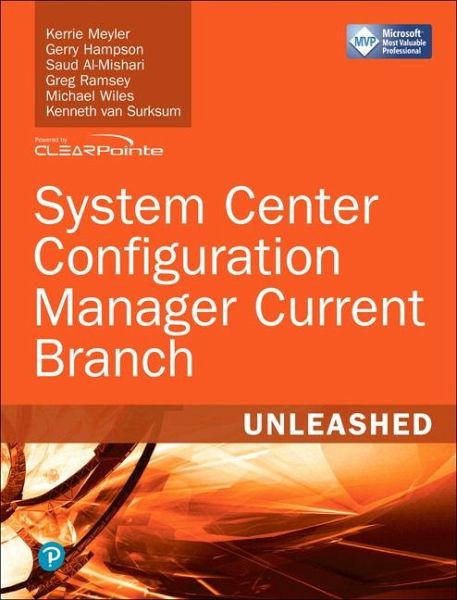
System Center Configuration Manager Current Branch Unleashed
Versandkostenfrei!
Versandfertig in 2-4 Wochen
50,99 €
inkl. MwSt.

PAYBACK Punkte
25 °P sammeln!
This is the comprehensive reference and technical guide to Microsoft System Center Configuration Manager Current Branch. A team of expert authors offers step-by-step, end-to-end coverage of related topics in every feature area, organised to help IT professionals rapidly optimise Configuration Manager Current Branch for their requirements, and then deploy and use it successfully. The authors begin by introducing Configuration Manager Current Branch and its goals, and explaining how it fits into the broader System Center product suite. Next, they fully address planning, design, and implementa...
This is the comprehensive reference and technical guide to Microsoft System Center Configuration Manager Current Branch. A team of expert authors offers step-by-step, end-to-end coverage of related topics in every feature area, organised to help IT professionals rapidly optimise Configuration Manager Current Branch for their requirements, and then deploy and use it successfully. The authors begin by introducing Configuration Manager Current Branch and its goals, and explaining how it fits into the broader System Center product suite. Next, they fully address planning, design, and implementation. Finally, they systematically cover each of Configuration Manager Current Branch's most important feature sets. You'll find detailed, expert coverage of these and many other topics: * Managing clients and compliance * Creating and managing applications, deployment types, packages, and programs * Distributing and deploying applications and packages * Managing software updates * Integrating Intune Hybrid * Managing mobile devices * Providing conditional access * Protecting endpoints * Querying and reporting with Configuration Manager * Deploying operating systems * Enforcing security and delegation * Performing backup, recovery, and maintenance



